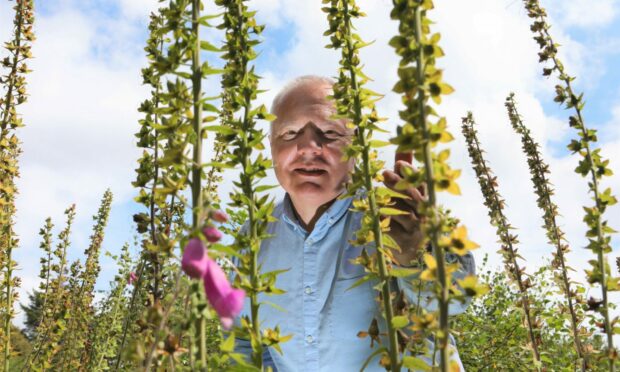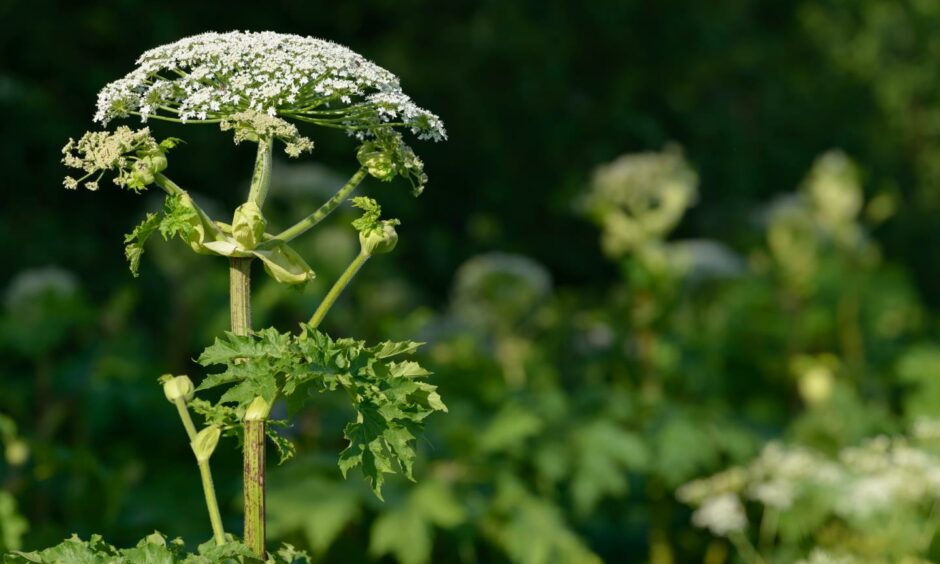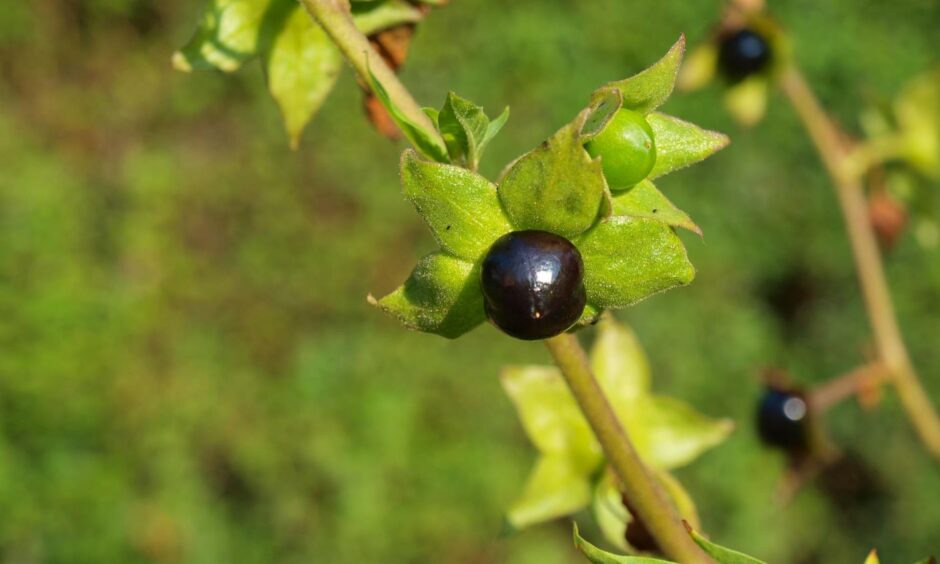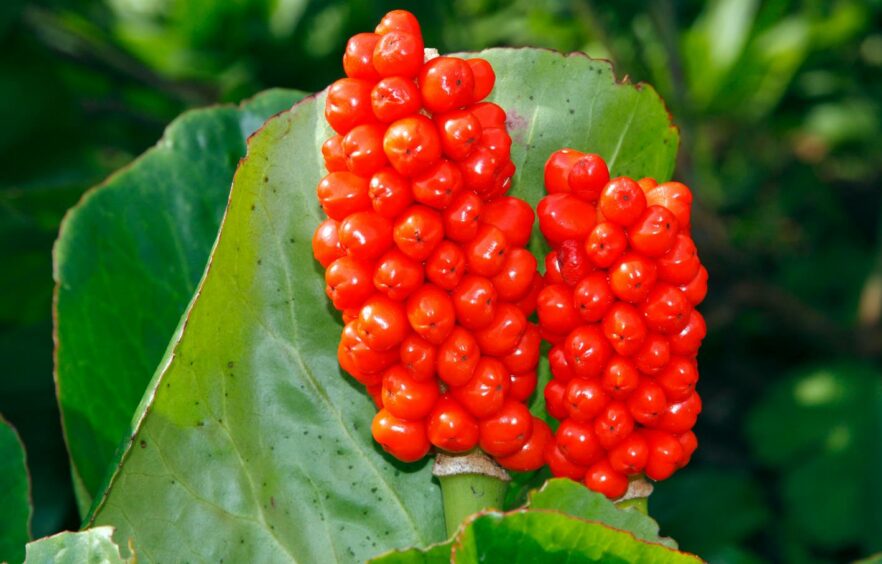Giant hogweed is a well-known hazard but what other toxic plants should parents avoid when out and about with young children?
We learned from Dundee University Botanic Garden curator Kevin Frediani of five flora found in Tayside and Fife which could be harmful – and some could well be in your own garden.
Giant hogweed is the main one to watch out for, Mr Frediani said, but the others he named are worth being aware of.
Of hogweed, he said: “If you were going to train your children in avoiding one plant and one plant alone, that’s the plant I’d identify.
“The main areas you need to watch out for giant hogweed are areas of low maintenance.”
Edges of ditches, streams and brooks, he said, and urban wasteland areas are where you are most likely to see this invasive large plant, which spreads easily.
He added: “They come out when the sun comes out, you try to go down to the water’s edge and that’s when the problems come.”
The other plants he names are toxic when eaten or ingested and can cause skin irritation, but he stressed cases of poisoning are exceptionally rare.
Due diligence – before you let your children go off and run, investigate the area yourself.”
Kevin Frediani, Dundee University Botanic Garden curator
“To put this into perspective,” he said, “you’re more likely to die falling off a kerb crossing the road than you are from one of these plants.
“A little bit of knowledge could be a good thing, but I wouldn’t want people to stop their children playing outside.”
His advice is: “Due diligence – before you let your children go off and run, investigate the area yourself.”
Monkshood
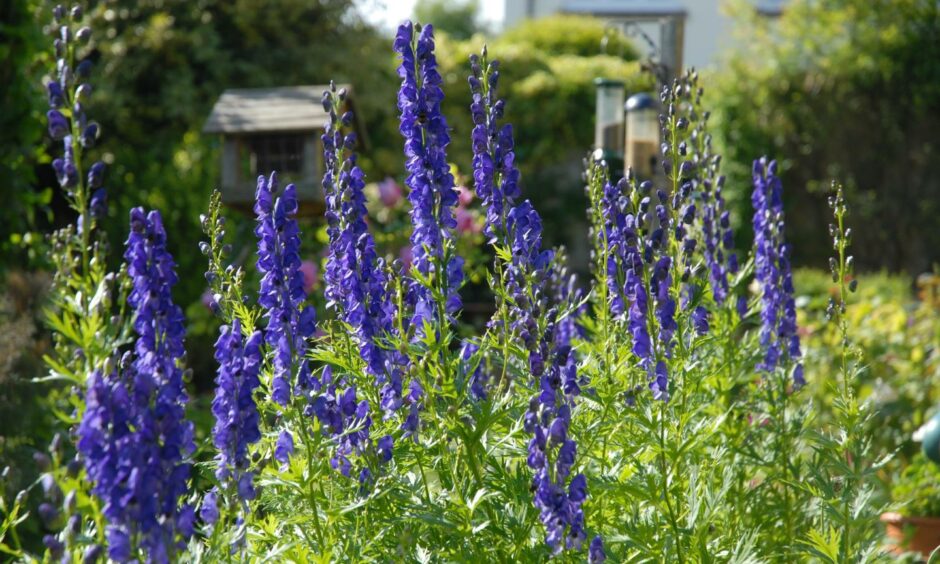
Pretty monkshood, also known as devil’s hood and wolfsbane, can be found in herbaceous borders in parks and gardens.
It is so poisonous that people in the Aleutian Islands of Alaska used to use it on harpoon tips to kill whales.
It is “one to look out for”, said Mr Frediani.
“Because it’s so toxic it can get in through cuts in the skin.
“To really suffer from it you need to ingest, but even by rubbing it is one that can transfer and cause problems for people.”
Deadly nightshade
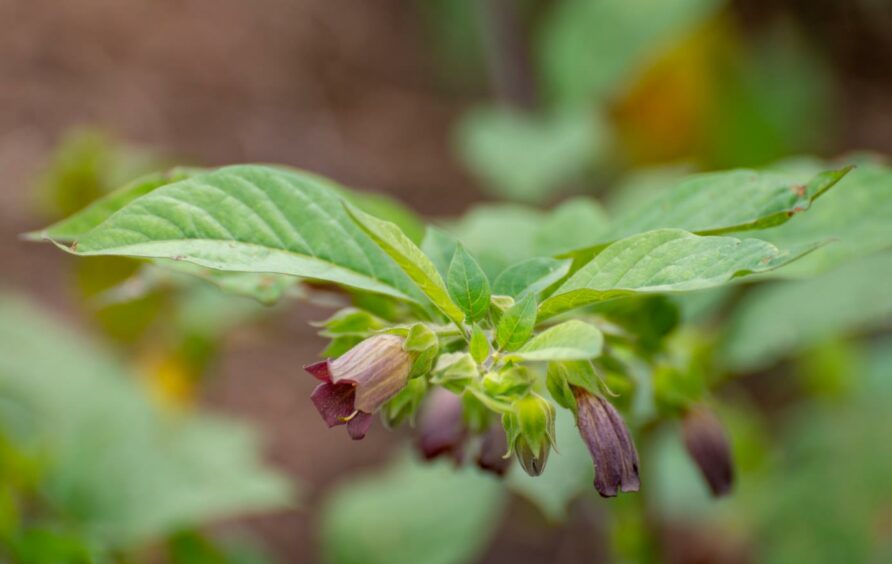
Part of deadly nightshade’s Latin name, atropa belladonna, means beautiful woman and the plant was originally cultivated to dilate the pupils for cosmetic purposes.
Found around dry, disturbed ground, such as building sites, its fruit looks like purple tomatoes.
It can cause nausea, and ingestion of large amounts could lead to vomiting, confusion, a hallucinogenic state and even death.
Mr Frediani said: “As a plant hunter out there I look for these things and I rarely find them, but children can be inquisitive. Especially if they have a parent interested in gardening they could think it’s a tomato.”
Foxglove
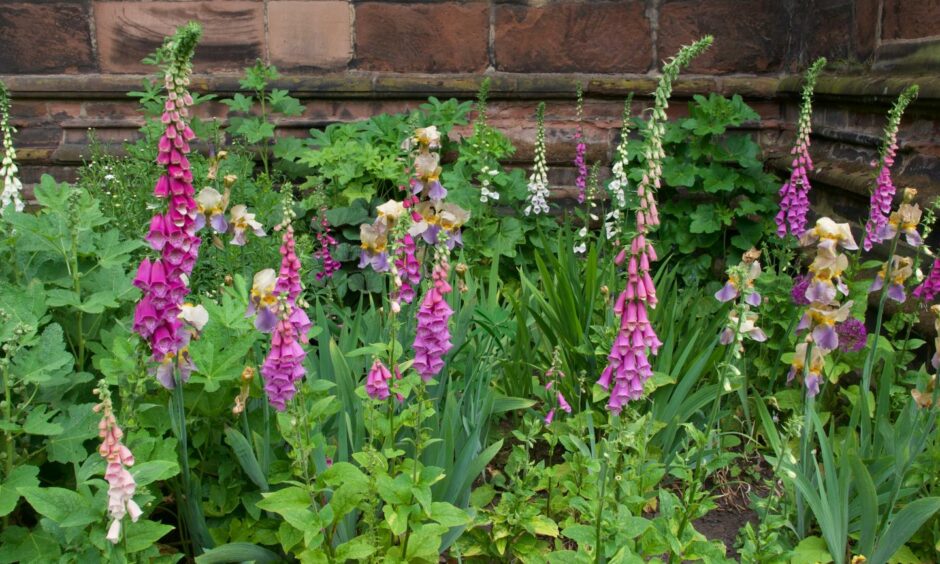
Commonly found in gardens, woodland and hedgerows, foxglove contains a drug called digitalis which is used to lower the heart rate.
Contact can cause skin irritation but ingestion can cause nausea, headache and diarrhoea. Larger doses can lead to visual perception changes. For those with heart and kidney problems it can be deadly.
When not in flower, its leaves could be mistaken for comfrey, a herb used in traditional medicine.
Lords-and-ladies
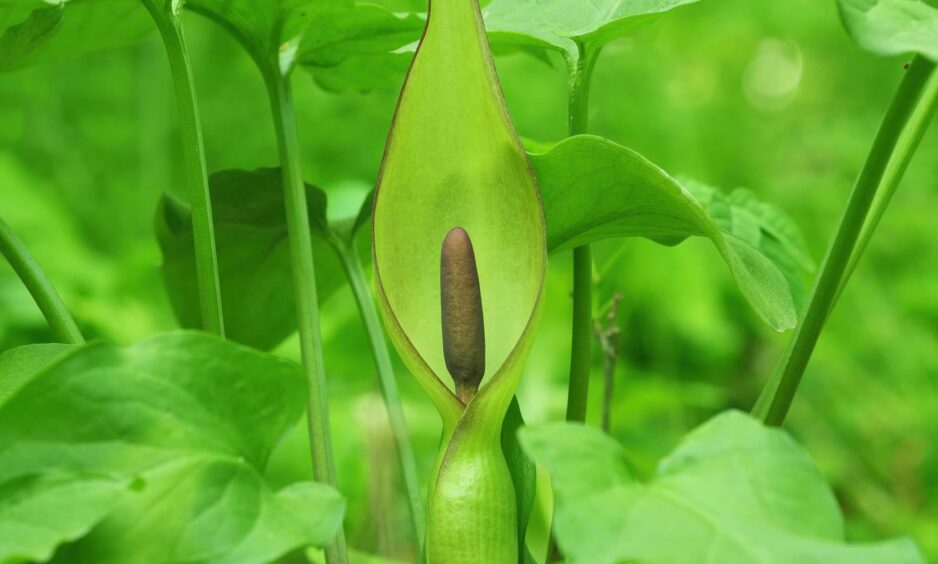
Lords-and-ladies – also known as Italian arum, snakeshead plant or cuckoo pint – have little needles that can irritate the skin and cause throat swelling and breathing difficulties if eaten.
The plant produces berries which turn red, potentially attracting children.
Mr Frediani said: “It has been known that children have eaten them and that’s how we know they cause these problems.
“They do taste acrid, though, and you’d have to be pretty persistent to eat them.”
Poison hemlock
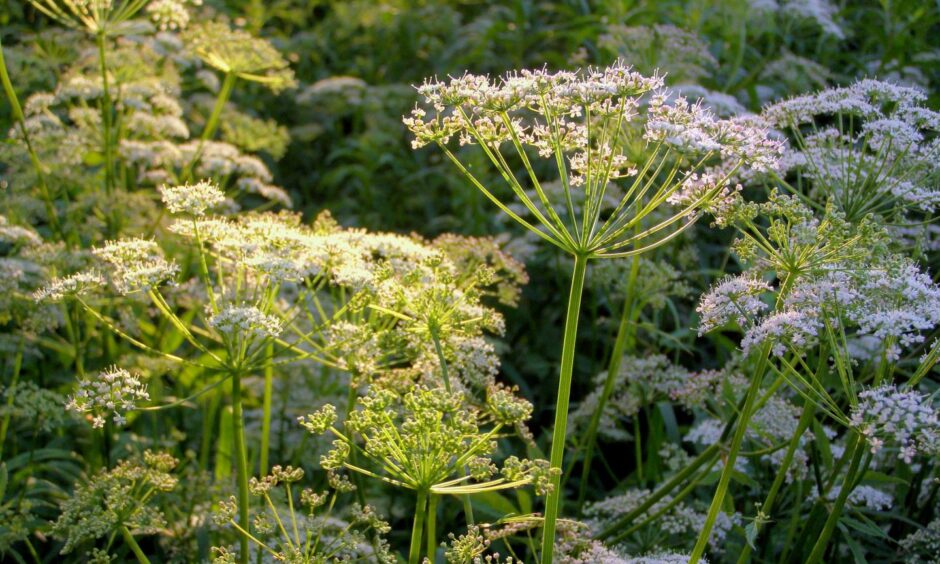
Hemlock is related to the carrot family but unlike the carrot you wouldn’t want to eat it.
It looks like a small giant hogweed or cow parsley and is found at the edge of woodlands, ditches and streams and along road verges.
Consumption of a small amount can cause respiratory problems and lead to paralysis and even death.
While attractive to the eye, its smell – similar to mouse urine – is likely to put you off getting too close.
